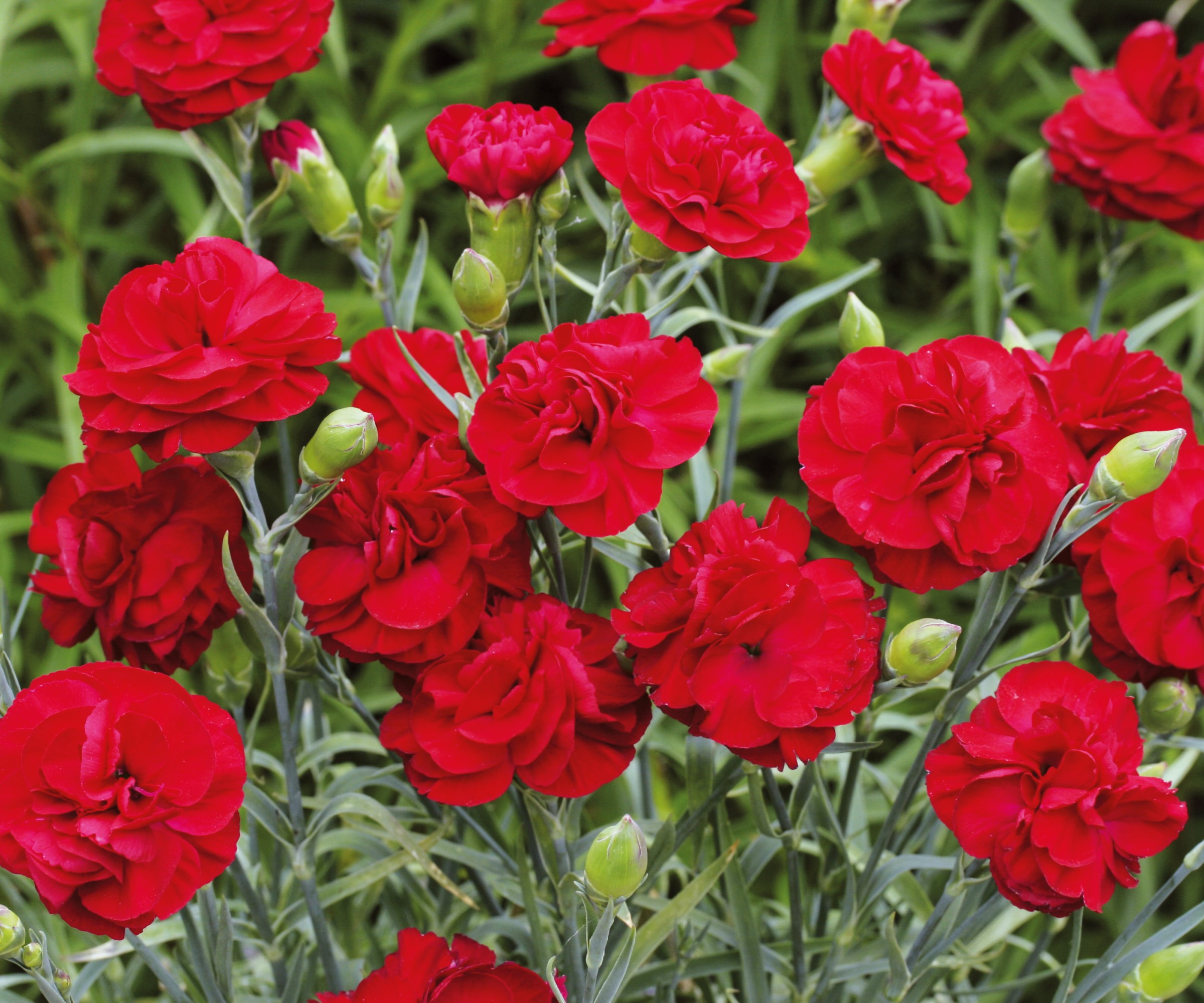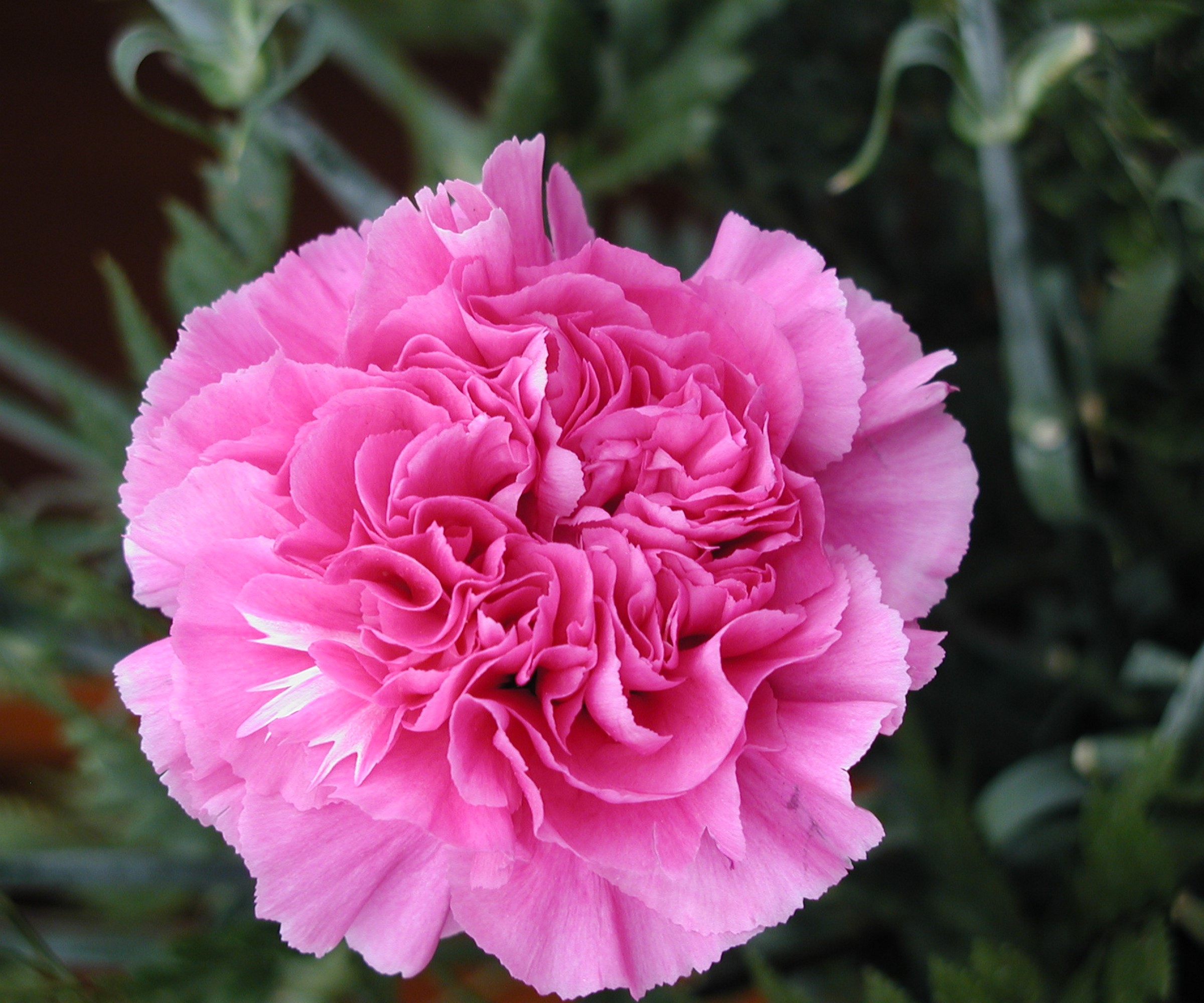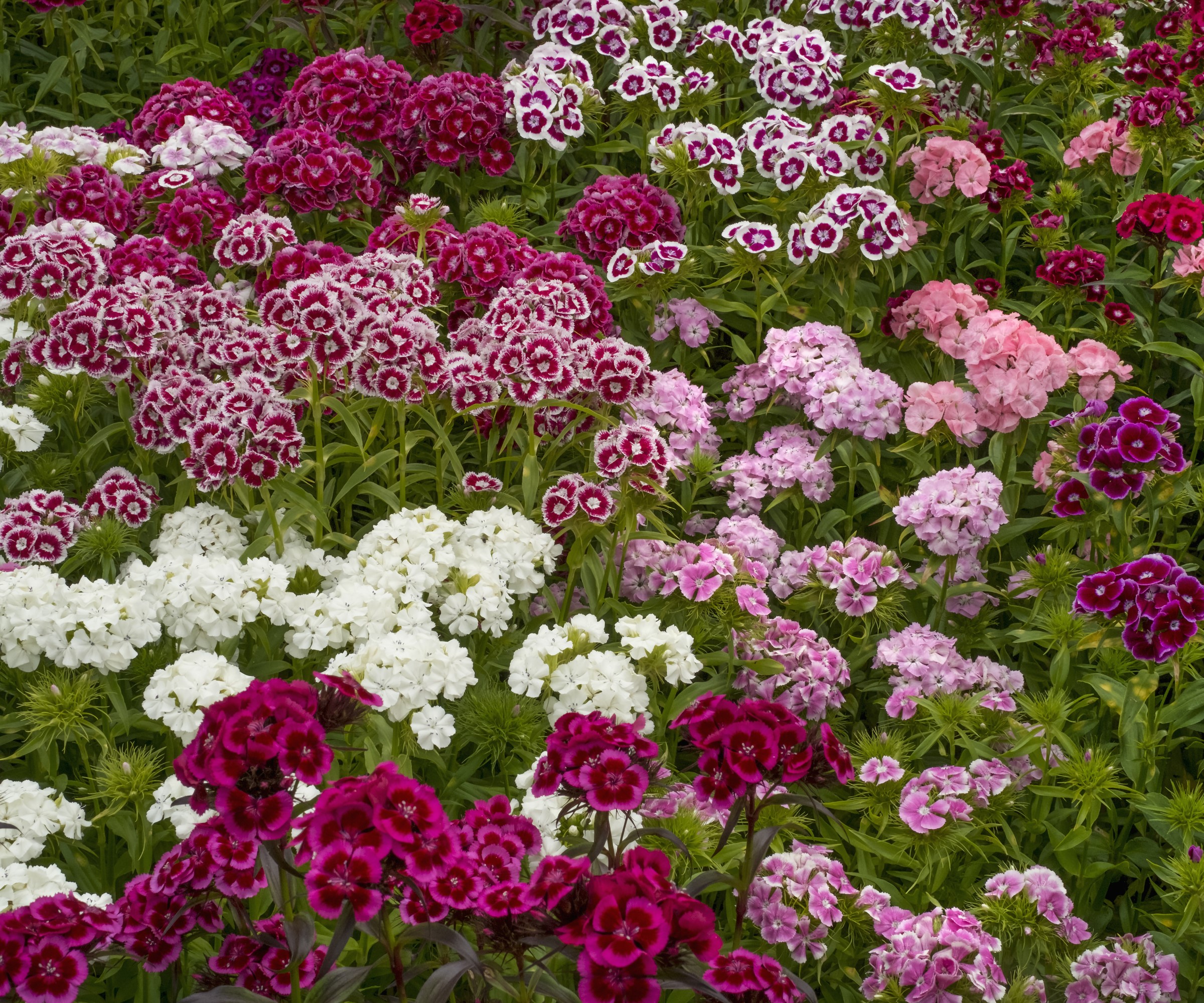When and how to deadhead dianthus – to keep those blooms coming all summer long
Dianthus deadheading is an essential task, so it it important to know how to do it properly


Dianthus are easy plants to care for and deadheading their ruffled and aromatic blooms during the summer months is one of the key maintenance tasks, as it will help grow more flowers.
These popular plants are so versatile and can work in many different spaces. While they are often one of the best plants for hanging baskets, they are also commonly seen in flower beds, suitable for a cottage garden border, and ideal for container gardens. There are many different types of dianthus to choose from, including both perennials and biennials.
We take a close look at when and how to deadhead dianthus to help you get more beautiful blooms to enjoy and make sure your plant looks immaculate wherever they are in your backyard.

Dianthus have frilly petals and narrow foliage
Do you deadhead dianthus?

Common names for dianthus include pinks and sweet william
Deadheading is an important gardening task that involves removing the old flower blooms from plants. By removing the old flowers it preserves the appearance and puts the plant’s energy back into making new blooms. People commonly deadhead roses and deadhead dahlias, among many others, so why not deadhead dianthus to keep it looking neat and full of blooms for longer.
Dianthus are hardy plants that like to grow in a sunny spot in fertile and well-drained soil. Wherever you grow dianthus it is important to deadhead the spent flowers to stop the plant focusing on seed production at the expense of blooms.
Camilla Phelps, a gardening expert, claims that watering, feeding, and deadheading are all vital to make sure dianthus bloom prolifically for as long as possible. She recommends: ‘Start the growing season with a dose of general fertiliser, followed by liquid feed through the summer, and deadhead regularly to keep those blooms coming.’
So, if you were wondering, does dianthus need deadheading, then the answer is yes. Not only will deadheading dianthus help to keep the flowers blooming for longer, but it will also keep the plant looking neat and tidy. Make sure to add the task to your to-do list if you are growing dianthus.
Design expertise in your inbox – from inspiring decorating ideas and beautiful celebrity homes to practical gardening advice and shopping round-ups.
Buy dianthus plants at Nature Hills

An expert gardener, Camilla has designed planting schemes for gardens large and small in the UK, as well as working on TV gardening shows for the BBC. She has also written an extensive range of features on plants and how to grow them, and is a regular contributor to Amateur Gardening magazine.
When to start dianthus deadheading

Dianthus produce an abundance of blooms over a long period
Dianthus can flower in spring all the way into fall, potentially starting in May and blooming all the way through until October. This will be dependent on when you sowed the seeds or put the plants in their final position, and also the climate in your US hardiness zone.
You want to start deadheading flowers as soon as they start to go over. A flower will start to decline and eventually go brown, looking unsightly and also increasing the risk of diseases affecting the plant. The time to start deadheading is as soon as you notice the flowers start to go over, look for signs of the petals starting to wilt and start falling off. No one wants a plant covered in dead and brown flowers rather than one full of bright blooms.
How to deadhead dianthus
Deadheading is a very simple gardening task and requires little tools, or sometimes none at all. It is recommended to inspect the plant often and make deadheading a regular part of your routine throughout the summer.
Spent flower blooms can either be pinched off between your thumb and forefinger, or pruning shears can be used. If you do use pruning shears, ensure to use clean garden tools to make clean cuts and not damage the plant. One example of a good pair of pruning shears for deadheading dianthus is these Micro-Tip Pruning Snips, available at Amazon.
Camilla Phelps advises: ‘Once a flower is spent, deadhead by removing the whole stem (not just the flowerhead), to prevent the plant from becoming leggy and unkempt.’
As outlined by Camilla, it is best to identify a flower that has gone over and follow its stem down to make a clean cut at the base of the stem, where it meets another lateral stem or the crown. Do this carefully to ensure you do not damage any other flowers, or unopened buds, and repeat this process for all the spent flower heads that need removing.
She adds to make sure you also inspect the plant and regularly ‘remove dead and damaged foliage to stop the spread of diseases’. Removing dead or diseased foliage and flowers can be one way to help combat the spread of many common diseases, including powdery mildew.
FAQs
Should dianthus be cut down for winter?
After dianthus have finished flowering for the season, which can go all the way through into fall, they do need to be cut back down to ground level. Prune the stems back to leave only an inch or two showing above ground level. Dianthus go dormant over winter and they will put their energy into surviving the cold months ready to start growing again come spring.
John Negus, a highly experienced gardener, claims that cutting down stems after flowering can even help to prolong the life of some dianthus. He says: ‘Many are short-lived perennials usually treated as biennials, meaning they develop leaves one year and flowers the next. It is possible to grow them on for a second summer if their flower stems are removed after flowering, but they may not be as good the second time around.’

John has been a garden journalist for over 50 years and regularly answers readers' questions in Amateur Gardening magazine, including many about evergreen shrubs. He has also written four books and has delivered many talks over the years on horticulture.
Dianthus are also excellent choices if you are planning a cut flower garden. They are great cutting garden flowers thanks to the extensive variety of colors they come in, and they have a long lifespan when cut and displayed in a vase.

Drew has worked as a writer since 2008 and was also a professional gardener for many years. As a trained horticulturist, he worked in prestigious historic gardens, including Hanbury Hall and the world-famous Hidcote Manor Garden. He also spent time as a specialist kitchen gardener at Soho Farmhouse and Netherby Hall, where he grew vegetables, fruit, herbs, and cut flowers for restaurants. Drew has written for numerous print and online publications and is an allotment holder and garden blogger. He is shortlisted for the Digital Gardening Writer of the Year at the 2025 Garden Media Guild Awards.